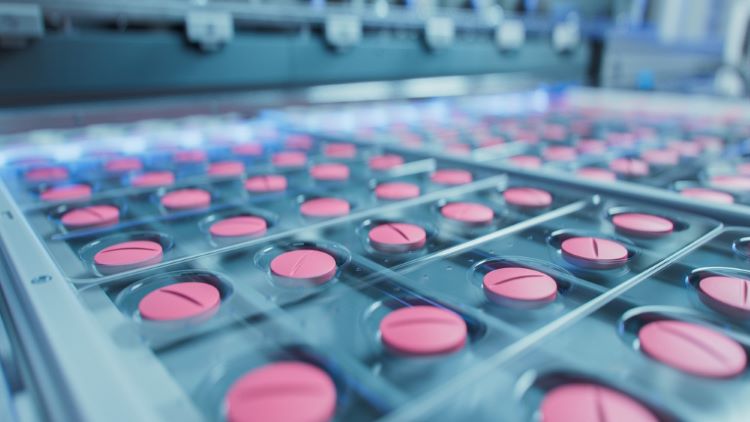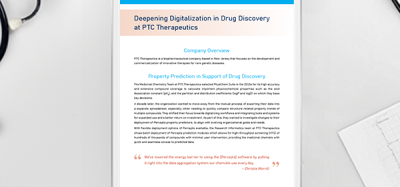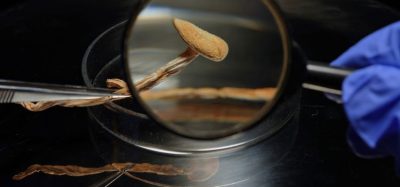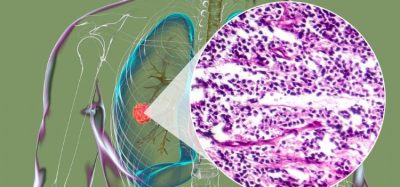Analysis reports nitrosamine prevalence in small molecule drugs
Posted: 5 June 2023 | Catherine Eckford (European Pharmaceutical Review) | 1 comment
Data from a paper on small molecule drugs has indicated nitrosamines in pharmaceuticals is likely more prevalent than originally expected.


Based on an in silico analysis of over 12,000 small molecule drugs and drug impurities, a recent paper published in the Journal of Pharmaceutical Sciences has reported that the presence of nitrosamines in pharmaceuticals is likely more prevalent than originally expected.
In total, 40.4 percent of the analysed active pharmaceutical ingredients (APIs) and 29.6 percent of the API impurities were revealed as potential nitrosamine precursors. It was observed that 41.4 percent of the APIs and 30.2 percent of the API impurities listed in the Global Substance Registration System (GSRS) database are potential nitrosamine precursors.
The recent discovery of small-molecule nitrosamine impurities in marketed drugs, starting with N-nitrosodimethylamine (NDMA) in batches of Valsartan in 2018, has led to significant regulatory response, the paper noted. Regulatory actions have included drug recalls and regulatory guidance that requires the re-evaluation of all synthetic and formulation routes for the potential presence of nitrosamine impurities.
Due to the wide range of potential routes of formation for nitrosamines, many APIs and impurities are themselves liable to be nitrosated, either during the later stages of the synthetic process of the API, in product manufacturing during drug development, or in the finished and packaged product.
Several recent drug recalls were conducted due to contamination with such API-derived complex nitrosamines, also called nitrosamine drug substance related impurities (NDSRIs), eg, Nitroso-Varenicline, Nitroso-Propranolol, Nitroso-Orphenadrine, and Nitroso-Quinapril.
What did the data on small molecule drugs show?
Revelance for secondary and tertiary amines
Most structures identified through the workflow could form complex API-related nitrosamines (NDSRIs), the authors stated. However, structures that could release the well-known small and potent nitrosamines NDMA, NDEA, and others were also identified.
Excluding tertiary amines as precursors and just considering structures that contain the more reactive secondary amine moiety, this is still 14.7 percent and 12.8 percent, respectively, according to Schlingemann et al.
Common structural motifs including secondary or tertiary amine moieties are putting whole essential drug classes such as beta blockers and ACE inhibitors at risk, the paper highlighted.
Likewise, there are more nitrosamines from tertiary nitrosamines than structures featuring tertiary amines. This is because up to three different nitrosamines can be formed from any tertiary amine, depending on which of the three residues is eliminated.
There are more possible nitrosamines from secondary nitrosamines than structures featuring secondary amines. This is because some of these structures have more than one secondary amine functionality and may be nitrosated at one or several positions.
Ph. Eur. adopts revised general monographs after adding paragraph on N-nitrosamines
The in silico workflow only identified hypothetical, potential impurities, the authors wrote. Whether they are really formed in a particular API or drug product depends on suitable reaction conditions defined by eg, pH, availability of nitrosating agents, temperature, formulation and particle size. The interaction of all these factors is too complex to forecast if they allow for the formation of a nanogram amount of nitrosamine by the end of shelf life in a portion that represents a patient’s maximum daily dose.
Detecting nitrosamines in APIs
Analytical standards that would allow for a quantification in the pharmaceuticals concerned are currently only available for less than five percent of all potential NDSRIs, the authors stated. Likewise, there is currently almost no in vivo mutagenicity or carcinogenicity data available that would allow for the deduction of realistic PDE or AI-based content limits.
For NDSRIs, if the nitrosamine precursor is the API molecule itself as in most cases we have identified, the only feasible remediation to avoid nitrosamine formation would be a reformulation with low-nitrite excipients and/or the addition of a scavenger or antioxidant such as α-tocopherol.
Considering the required development activities and the complexity of rolling out this change to a global supply network under the current regulatory framework, the authors stated the lead time would be between two to five years.
Schlingemann et al. emphasised that to avoid the risk of drug shortages, it is essential “well-established ICH M7 principles remain applicable for nitrosamines”.










As I said years ago, we need a general test for, to quote the title of ICH M7, DNA reactive (mutagenic) impurities.
The trouble is, such a test would detect – embarrassingly – DNA reactive drug substances.